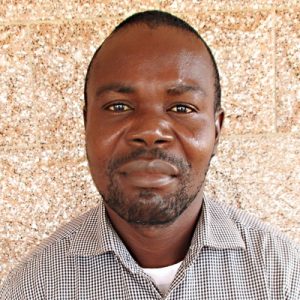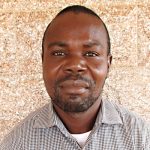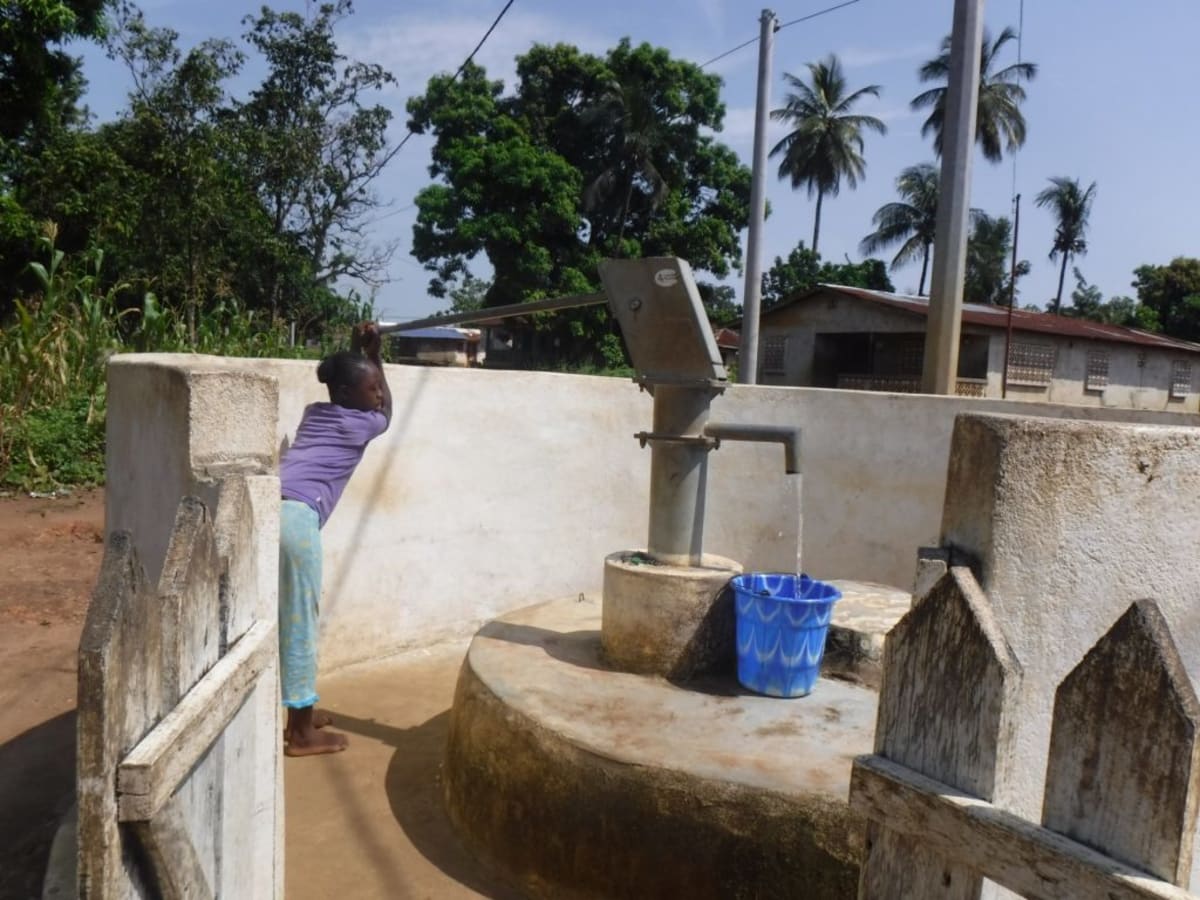Before the crack of dawn, the sound of dangling empty containers heading to either the swamp or queueing up at the well fill the air of Kambia. Every year, the demand for more clean water sources increases, and the central well supporting the 227 people in this community is slowly failing.
"I am worried about what is happening to my community," said Fatama Bangura.
The community is currently in the hardest part of the dry season, which means they are facing the challenge of constantly having to repair the pump due to overuse caused by the well running dry. The constant breakdowns are due to a declining water table in the area as a result of climate change. The water crisis is touching all areas of the community; shallow water holes are drying up faster than anyone could have imagined.
"It is the time of year when water is a sought-after commodity. The dry season is getting worse every year, and the effects of climate change and warming have continued to reduce the water table," said Ms. Bangura.
"I am worried about my children going to school late because of having to fetch water and doing chores."
The water challenges here double the work for the women and children. They are left scrambling for access to water each morning. The availability of water led people to try very hard to conserve the use of drinking water, but that alone is not enough.
"During a severe water situation, the children and women always suffer the most, more than any other group. We have to get up very early in the morning and go on water search parties with some of the other children in our community," said young teenager Alusine.
Kambia is located between the airport and Mahera community. The community has a large say when it comes to major decisions for the airport. The only large trees left in the community are Mango trees, which come in handy as a source of food. The most common livelihoods in the community are swamp farming and fishing. Some families have 1 or 2 family members working at the airport.
Here’s what we’re going to do about it:
Well Rehabilitation
The well marked for this overhaul is dry for a few months every year and needs major work to supply adequate, clean water to the community year-round. The team removes the pump, and a hand auger is lowered inside and powered by a drill team. This hand auger will allow the team to drill several meters deeper to hit a sufficient water column that will ensure the well supplies water throughout all seasons.
As the team drills, the casing is installed, transforming the bottom of this hand-dug well into a borehole. PVC piping will connect this lower system directly to the pump, a construction that we know will also improve the quality of water.
Once they implememt this plan, everyone within the community will have access to safe drinking water in both quality and quantity, even through the dry months.
Hygiene and Sanitation Training
There will be hygiene and sanitation training sessions offered for 3 days in a row.
After our visit, the hygiene and sanitation trainer decided it would be best to teach community members how to build a tippy tap (a handwashing station built with a jerrycan, string, and sticks). They will use these tippy taps for handwashing demonstrations and will also teach about other tools like dish racks and the importance of properly penning in animals.
This training will also strengthen the water user committee that manages and maintains this well. They enforce proper behavior and report to us whenever they need our help solving a serious problem, like a pump breakdown.

 Borehole Well and Hand Pump
Borehole Well and Hand Pump



































